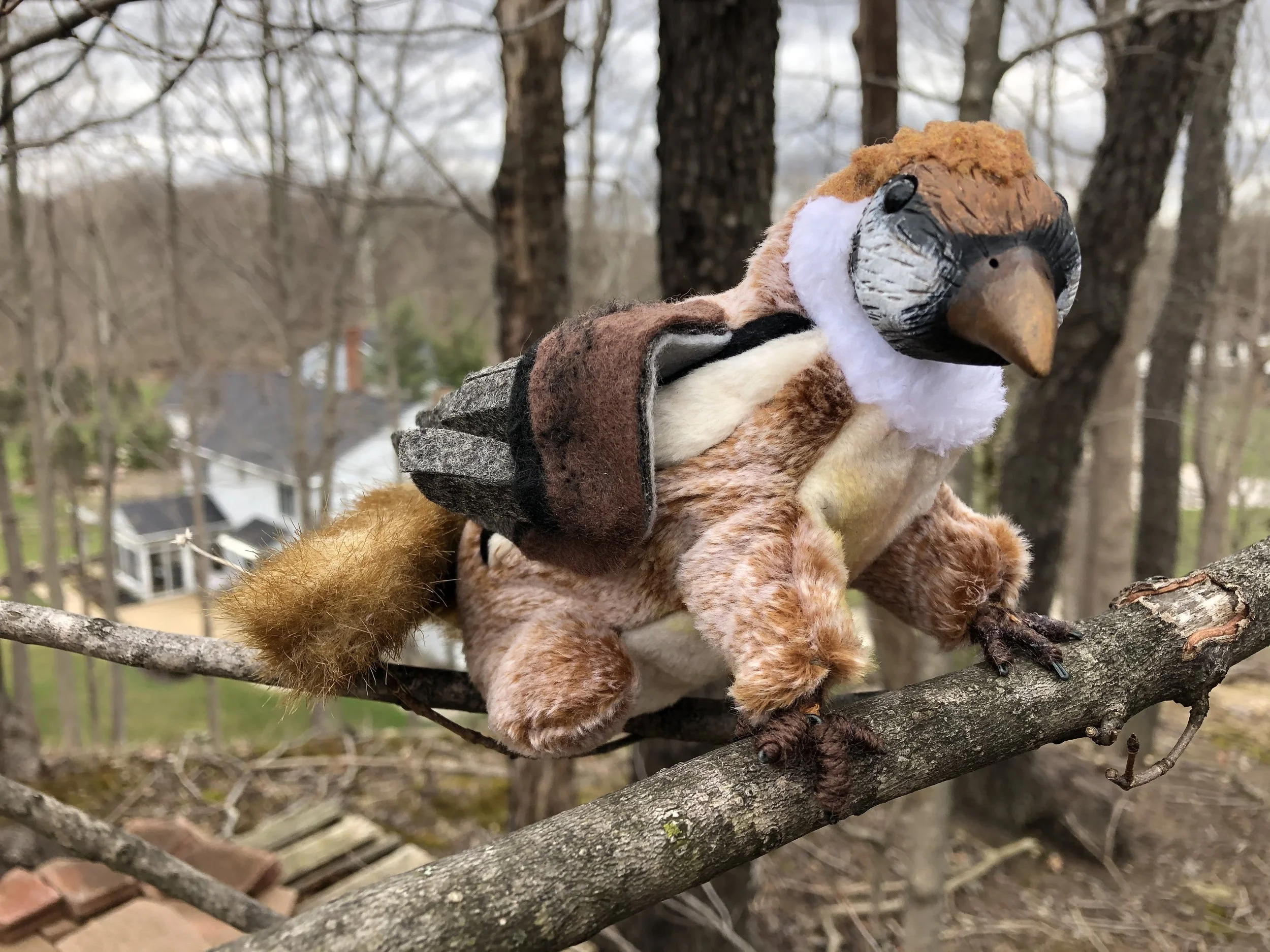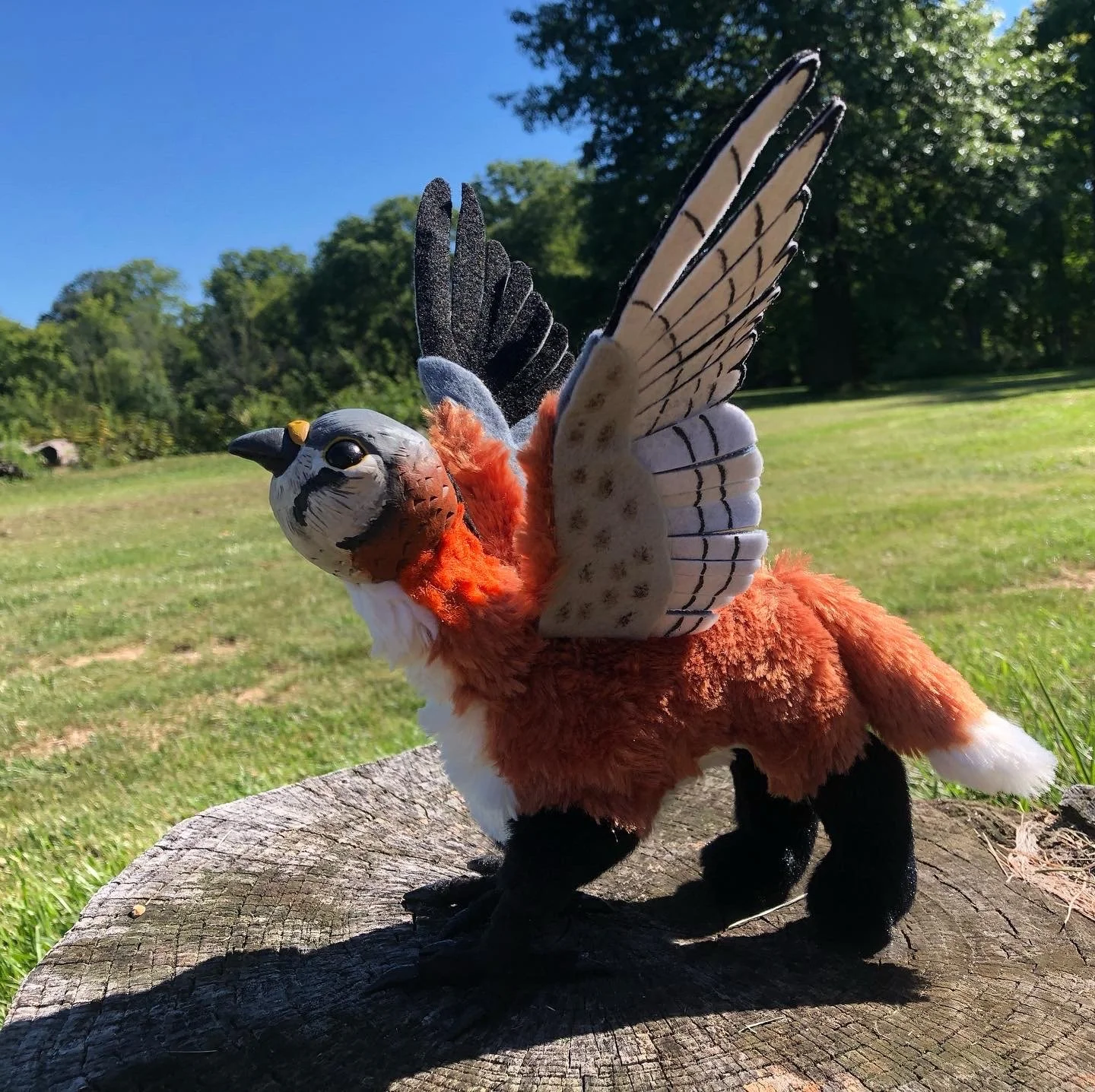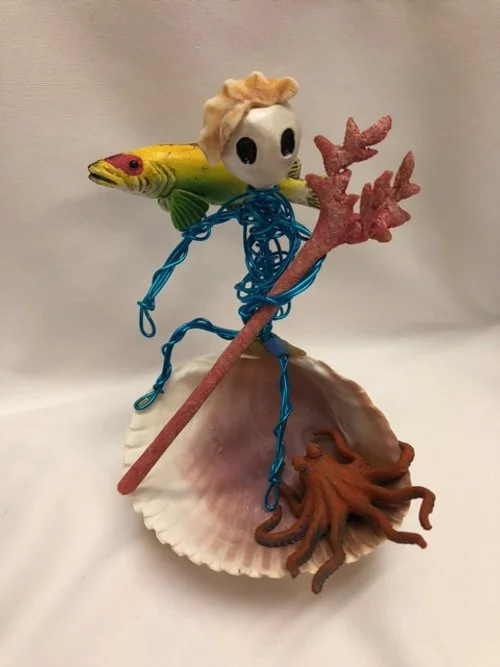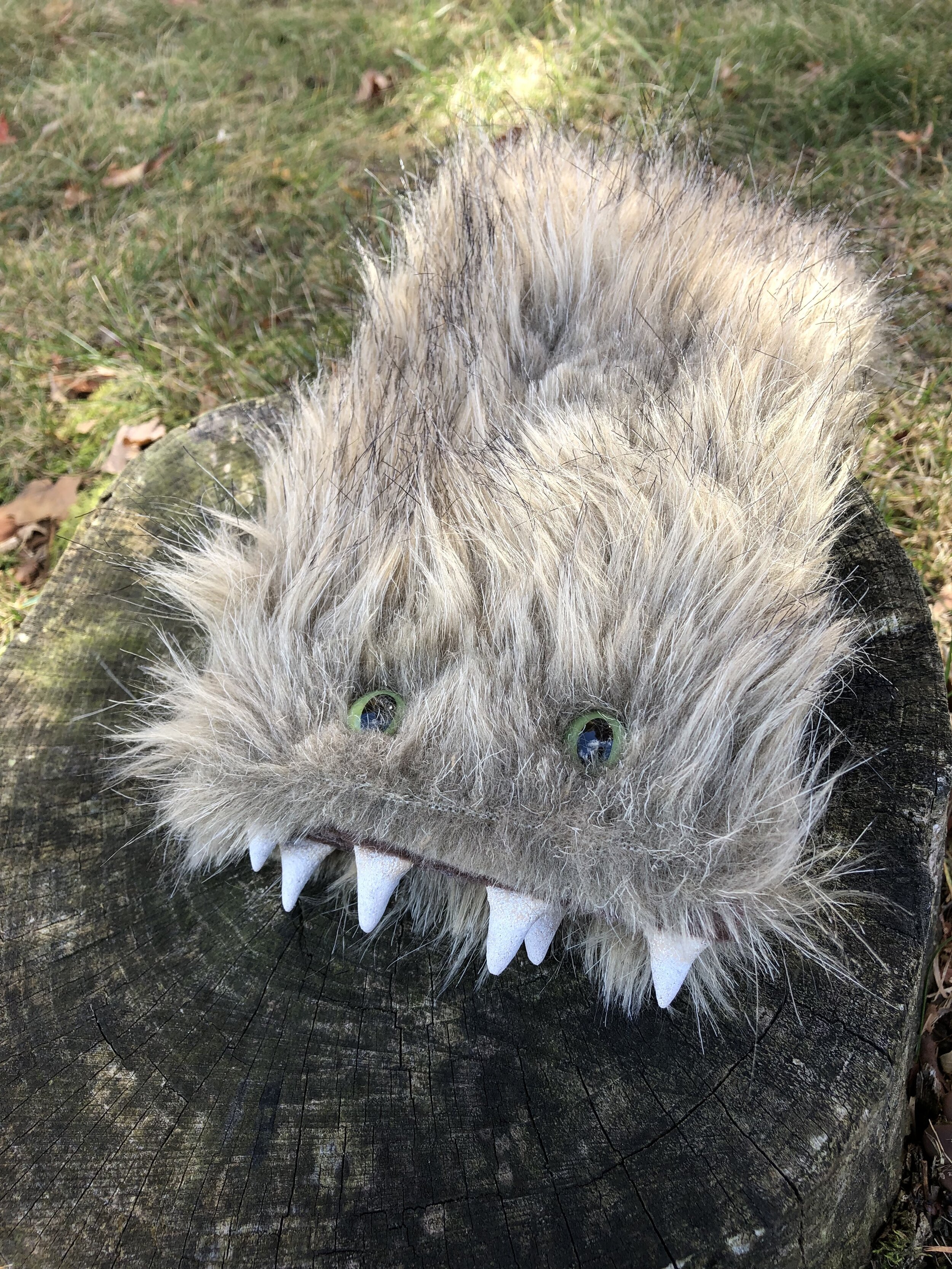Cryptologic Name: Arca incubo
Planar Origin: Materia
Habitat: Anywhere inhabited by humans
Diet: Carnivorous; they will eat almost any living creature, but seem to have a particular taste for humans
Appearance & Morphology
Mimics are fairly easy to describe in appearance, but it is a good deal harder to explain their morphology. The easy explanation is that a mimic is a container with a lid of some sort, which opens to reveal a maw with sharp teeth and a long, muscular tongue. The mimic’s true body is still not entirely understood, because we know that they do not produce the container, rather they inhabit it, much like a hermit crab inhabits shells left behind by other animals. It is accurate to say, however, that when a mimic inhabits a container, that the container becomes a part of the mimics body; they are completely inseparable by any means we yet possess.
Mimics are indistinguishable from normal containers as the vessel it inhabits remains entirely unchanged by its inhabitant. As such it can be extremely difficult to identify a mimic until you’re close enough for it to attack you. This adds to the dangerous nature of these creatures, however, mimics have been known to shudder in anticipation of a meal, so if you’re lucky you can catch the subtle movement or sound before you get close enough for it to grab you.
Magical Abilities
While they don’t possess a great deal of active magical abilities, they are still rather dangerous as mimics are virtually indestructible from the outside, being essentially immune to both physical and magical assault.. As such, the only way to kill a mimic is to target the fleshy insides while its mouth is open, which consequently is the most dangerous time to be near one of these creatures.
In addition, Mimic saliva also has some unique properties. It is an incredibly potent solvent, able to dissolve most organic matter, however inorganic materials such as glass, stone or metal remain entirely unharmed by the substance. Additionally, when exposed to oxygen it becomes incredibly viscous and sticky. This saliva is used as an ingredient for several potions, but because of the way it reacts to oxygen and its potency as a solvent, it needs to be stored under very particular conditions.
Behavior
Mimics are the epitome of camouflaged sit-and-wait predators. They will remain motionless for weeks at a time, waiting for a meal to come by. While mimics do not have eyes or other visible sense organs on the outside of their body, they can sense subtle vibrations around them, primarily through their contact with the floor. This allows them to strike with surprising precision with their long, flexible tongues. when prey comes into range. This also means that flying creatures such as birds and bats are generally ignored by mimics.
Despite having no outward appendages, mimics can and do move around. They achieve locomotion by using their tongues to drag themselves around in a similar fashion to bivalves
Mimic reproduction is a subject about which we still know very little. My best guess is that they reproduce asexually, as I’ve never observed two mimics interact in such a way that would suggest procreation, nor have I found any evidence that mimics have distinct sexes. What we do know (or presume, at least) is that some act of spawning is required, as juvenile mimics only seem to appear when an adult mimic is in the vicinity. We also know that a suitable vessel is required, as the container itself is not generated by the mimic upon its birth.
What is most puzzling is the actual mechanism involved in reproduction; thus far there has been no observable interaction between the adult mimic and the spawn. Perhaps some sort of spores are released that are too small to be seen or are entirely invisible. Alternatively, as a magical creature it is entirely possible that a mimic simply wills a nearby container into becoming another mimic. An alternative theory has also been proposed, whereby the container itself is responsible for its transformation into a mimic, rather than the mimic creating an offspring of its own will, though this theory seems the most unlikely to me.
Field Notes
The natural properties of the mimic have led some to attempt to tame these creatures for the purpose of protecting their valuables. This is a rather effective strategy in theory but a difficult one to put into practice as mimics are not known to be overly intelligent creatures and generally attempt to eat any living creature they come into contact with. This is not to suggest that it can’t be done, only that it requires a great amount of both patience and skill to train one, and even once tamed you could still lose an appendage if you’re not careful.
If you’re concerned you may have stumbled across one and don’t want to get too close for the mimic to reveal itself, a good strategy is to toss something at the container to see if it elicits a reaction; most mimics are voracious enough to react even if the item they’ve been struck with is inedible.
While we don’t know how mimics reproduce, we do know that they can inhabit new vessels if they so choose. This is often achieved by climbing into a larger container, transferring to the new container (though how exactly that occurs we don’t know) and then spitting out the old container once the transfer is complete. In this way they further resemble hermit crabs.
It is unclear why mimics most often end up inhabiting treasure chests and similar boxes, though the hinged opening and sturdy construction do seem to lend themselves rather well to a mimic’s anatomy. Despite this trend, mimics have been known to inhabit a wide variety of containers of different shapes and sizes. I’ve seen mimics inhabit anything from a jewelry box to a trash dumpster (the latter was, as I’m sure you can imagine, quite terrifying, simply given its size). In an attempt to better understand mimic anatomy, I have kept a mimic in close proximity to a variety of transparent containers, hoping that it would spawn a baby mimic in one such that I could observe the anatomy from the outside, but thus far I have been unsuccessful in this endeavor.

























